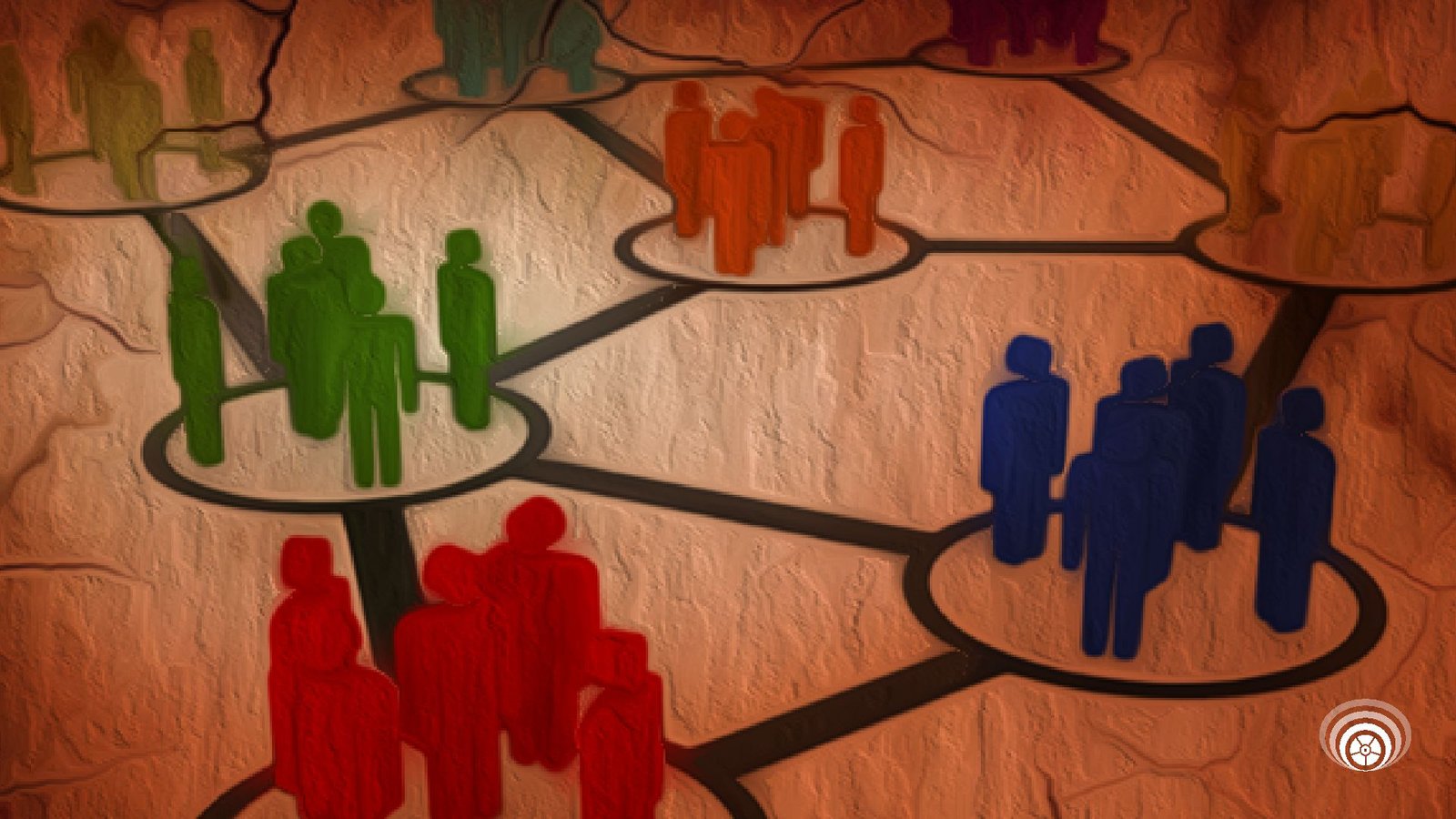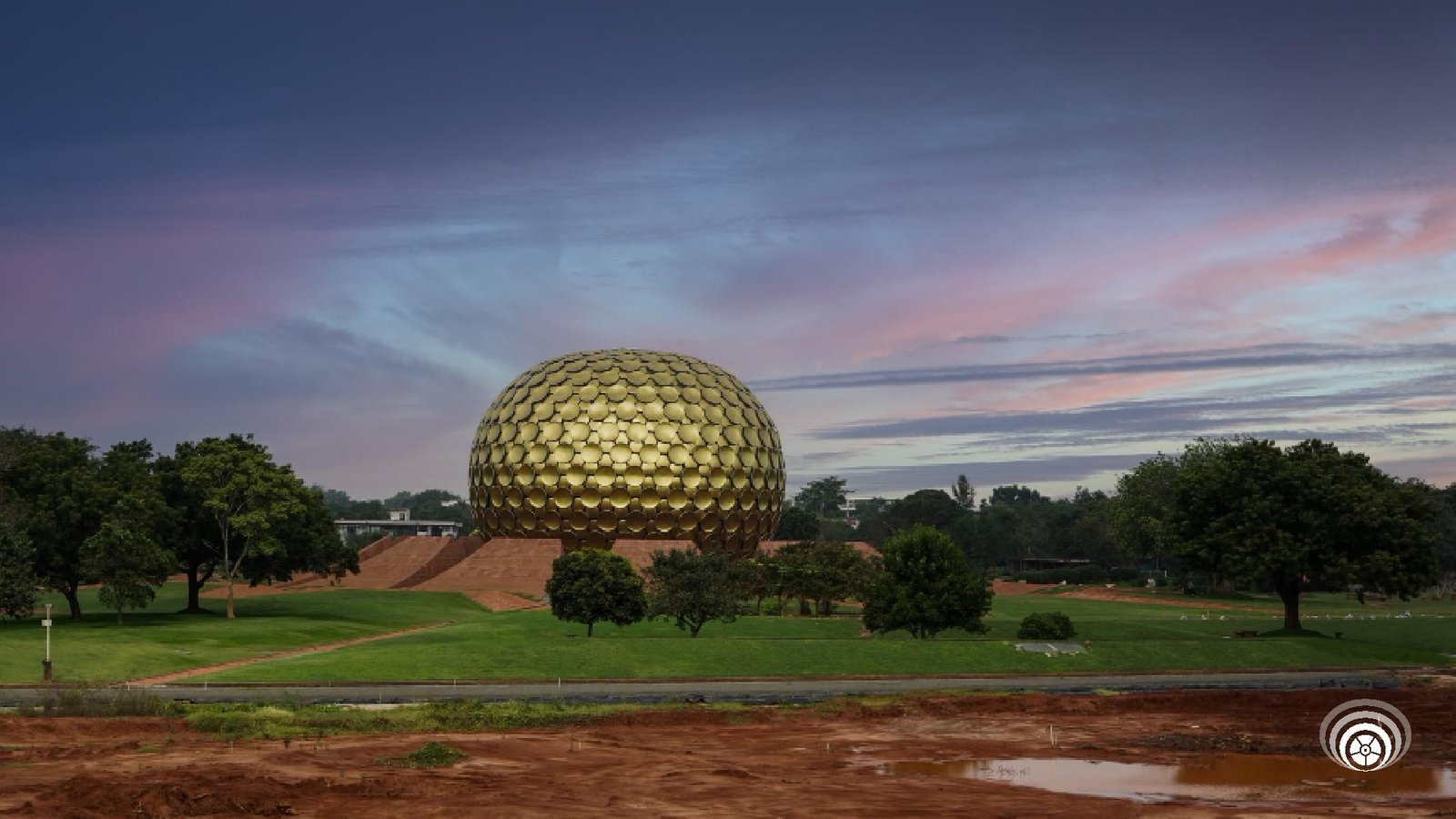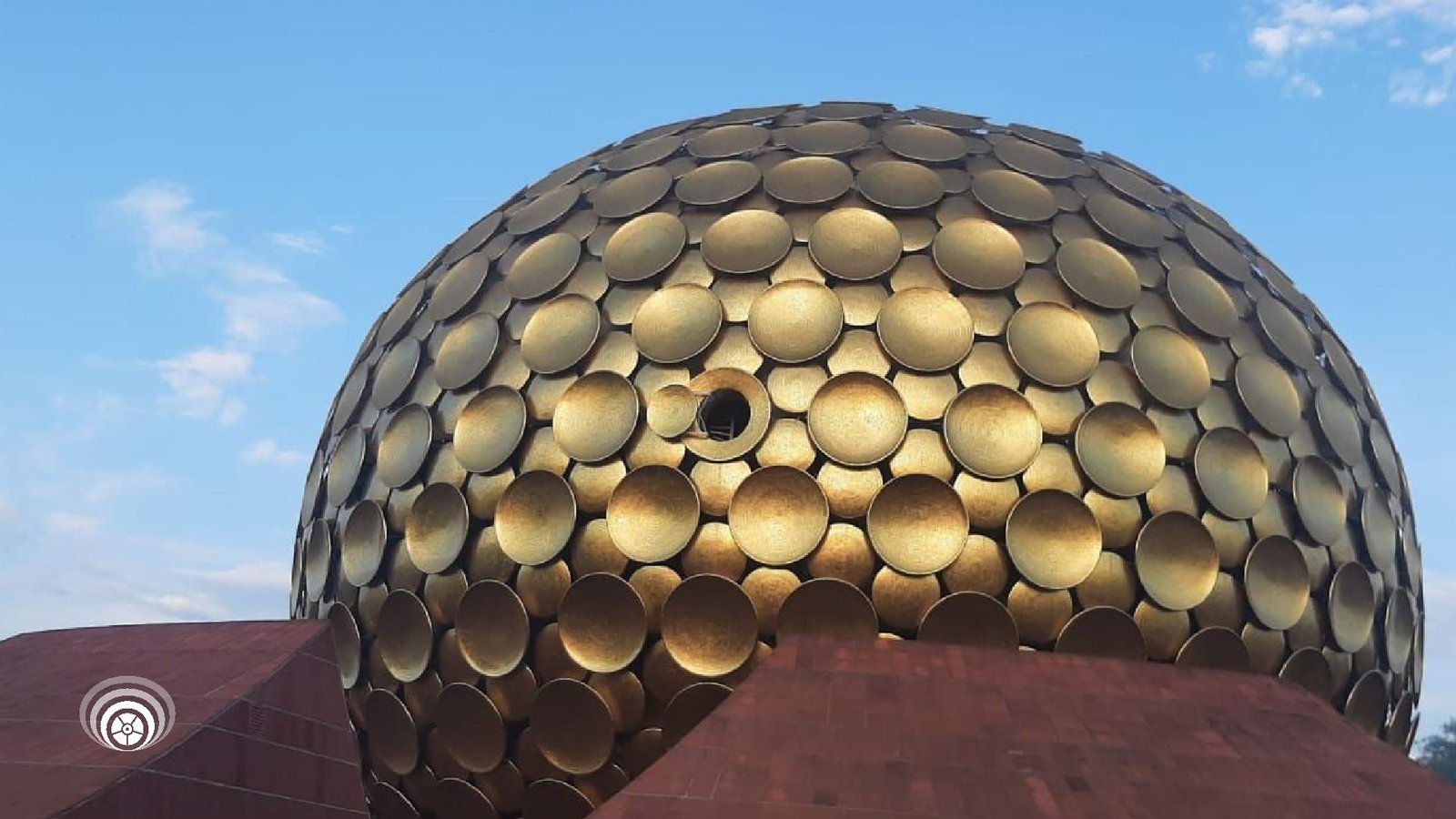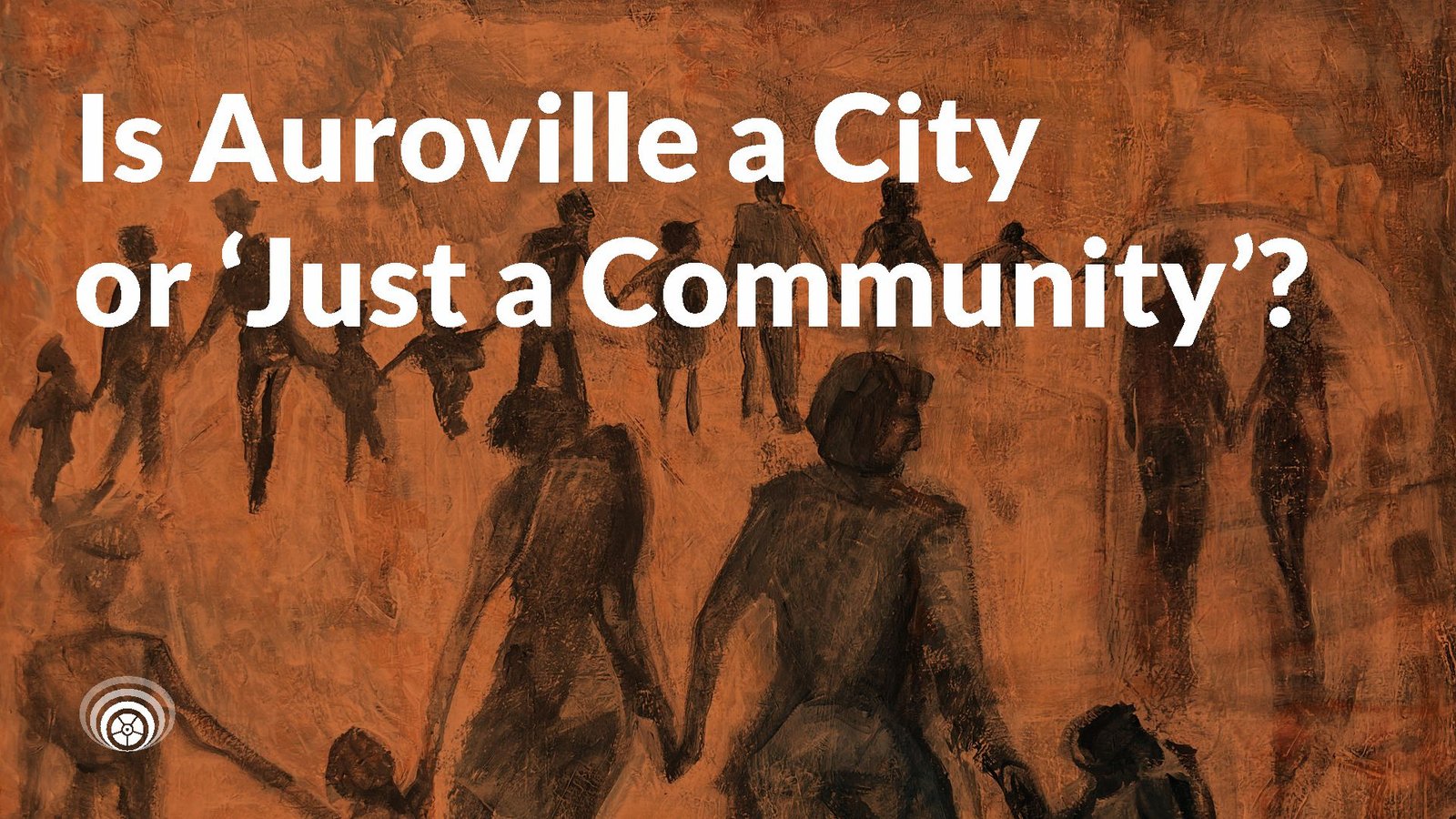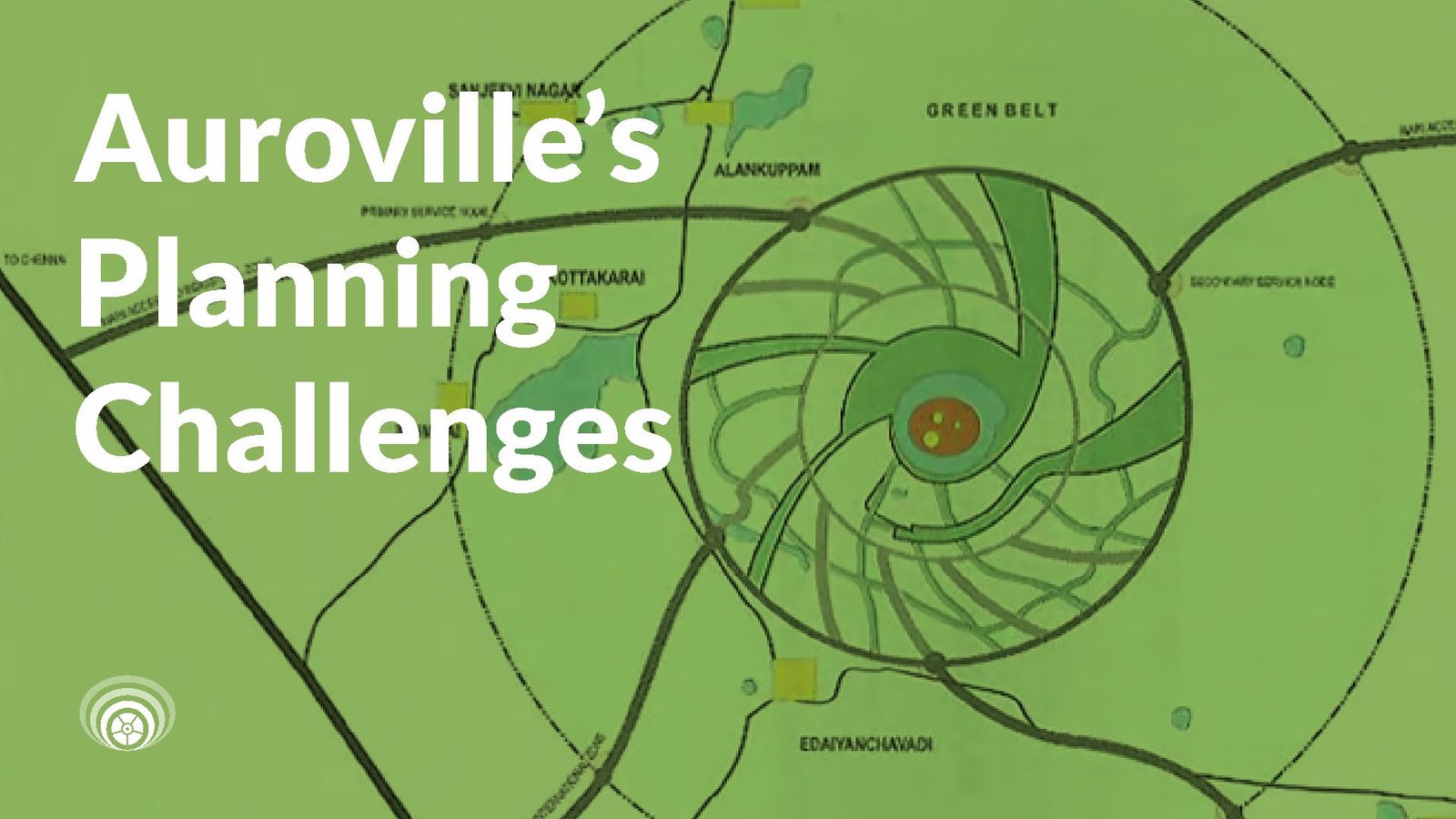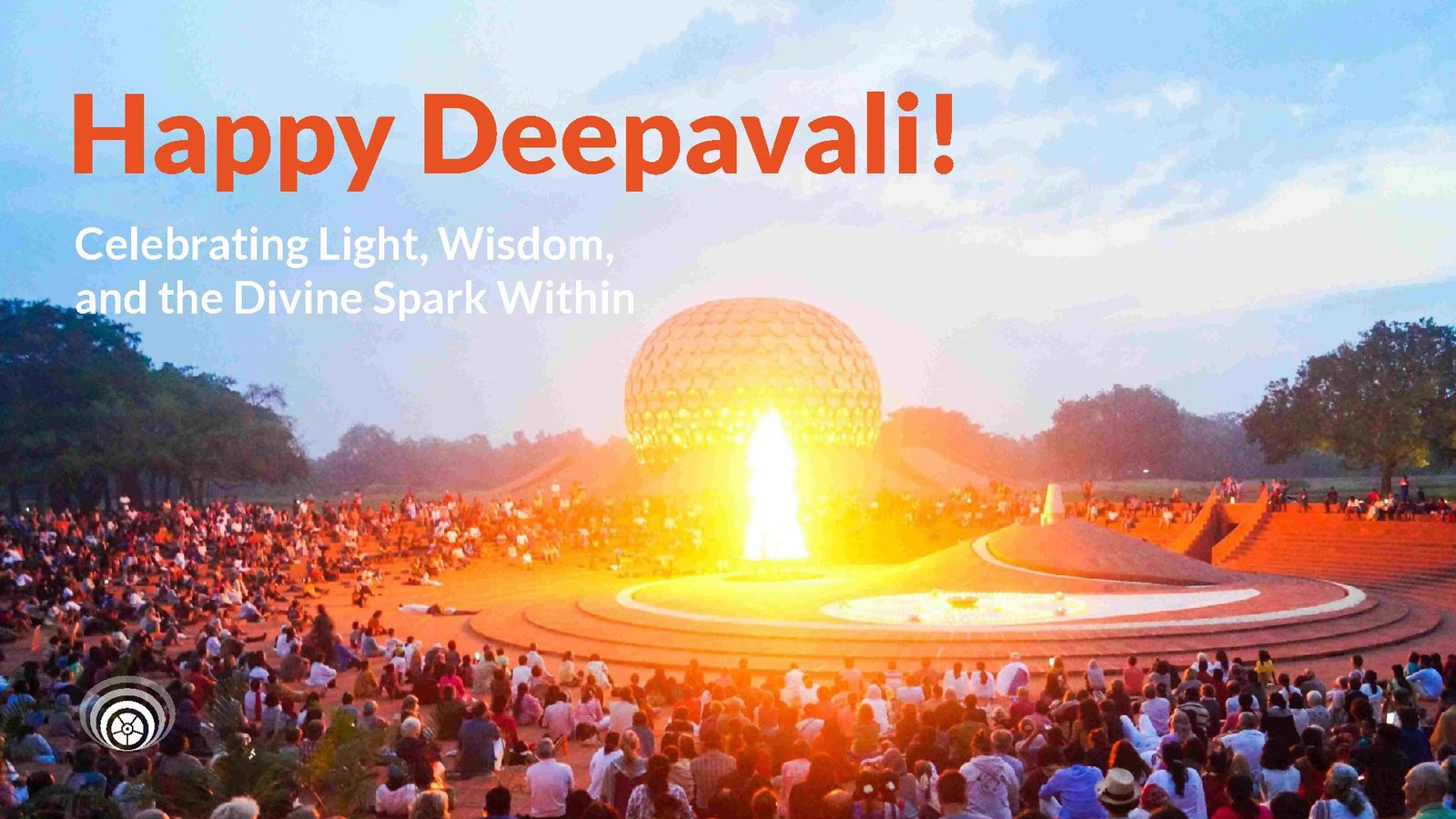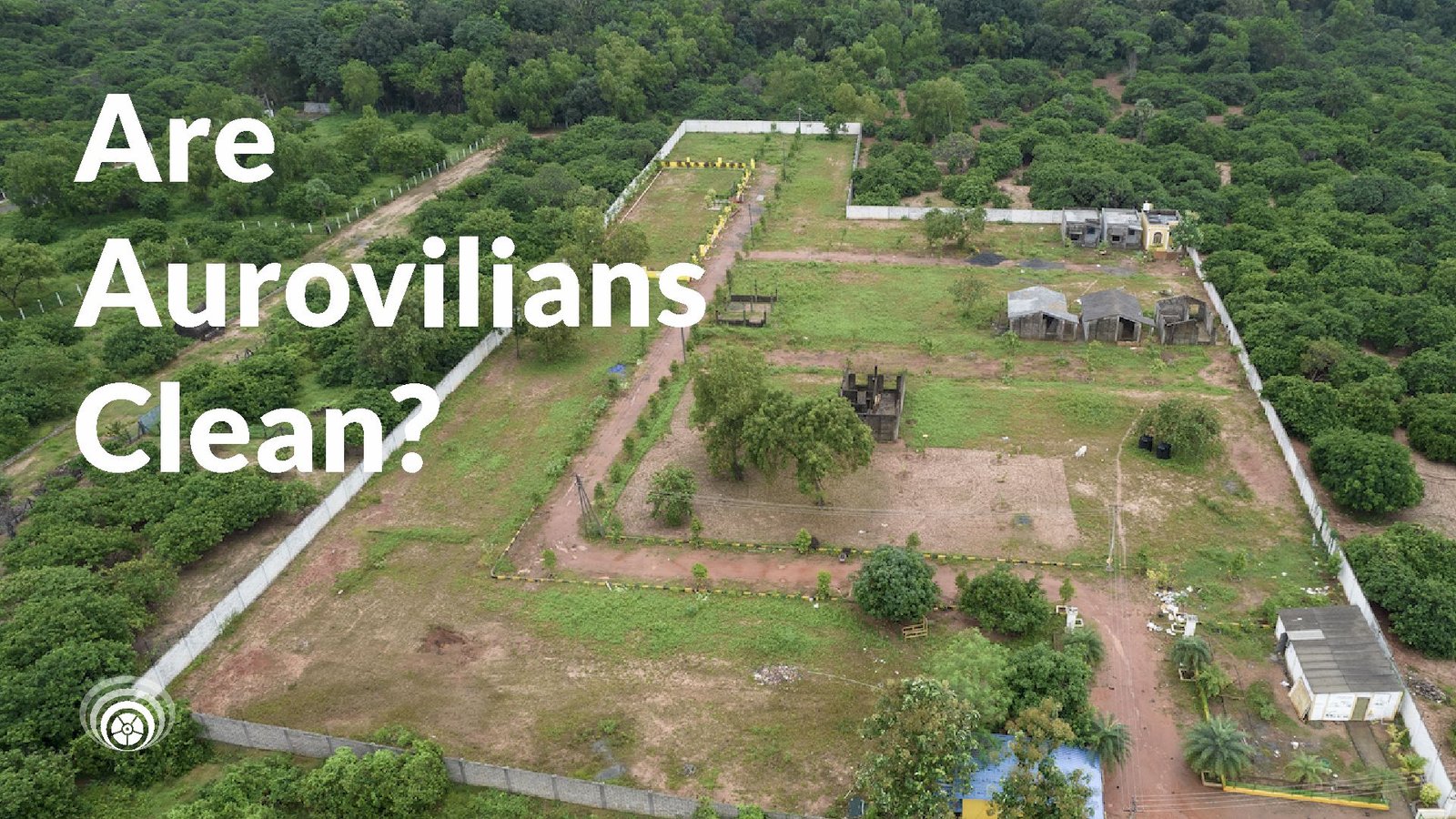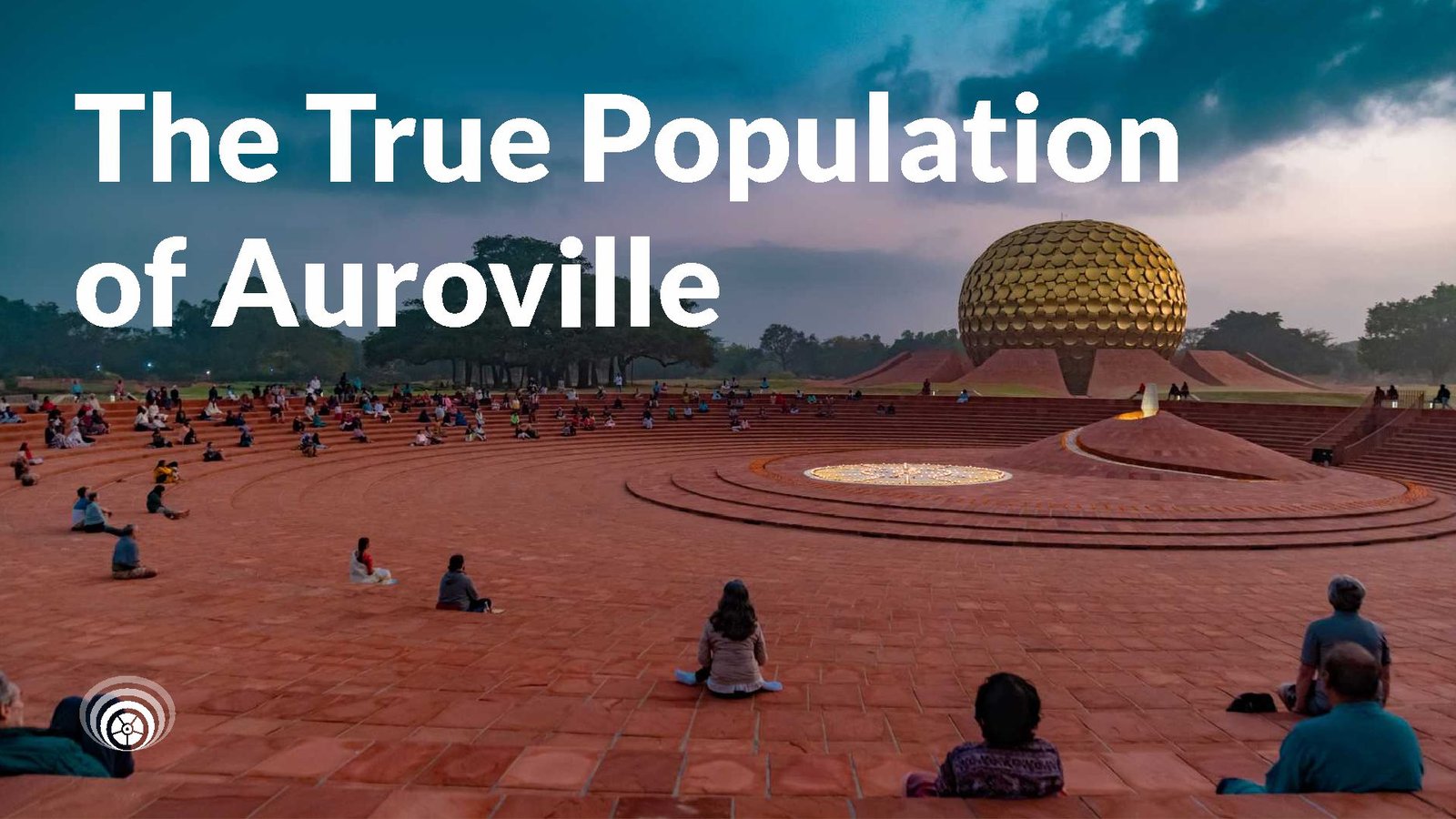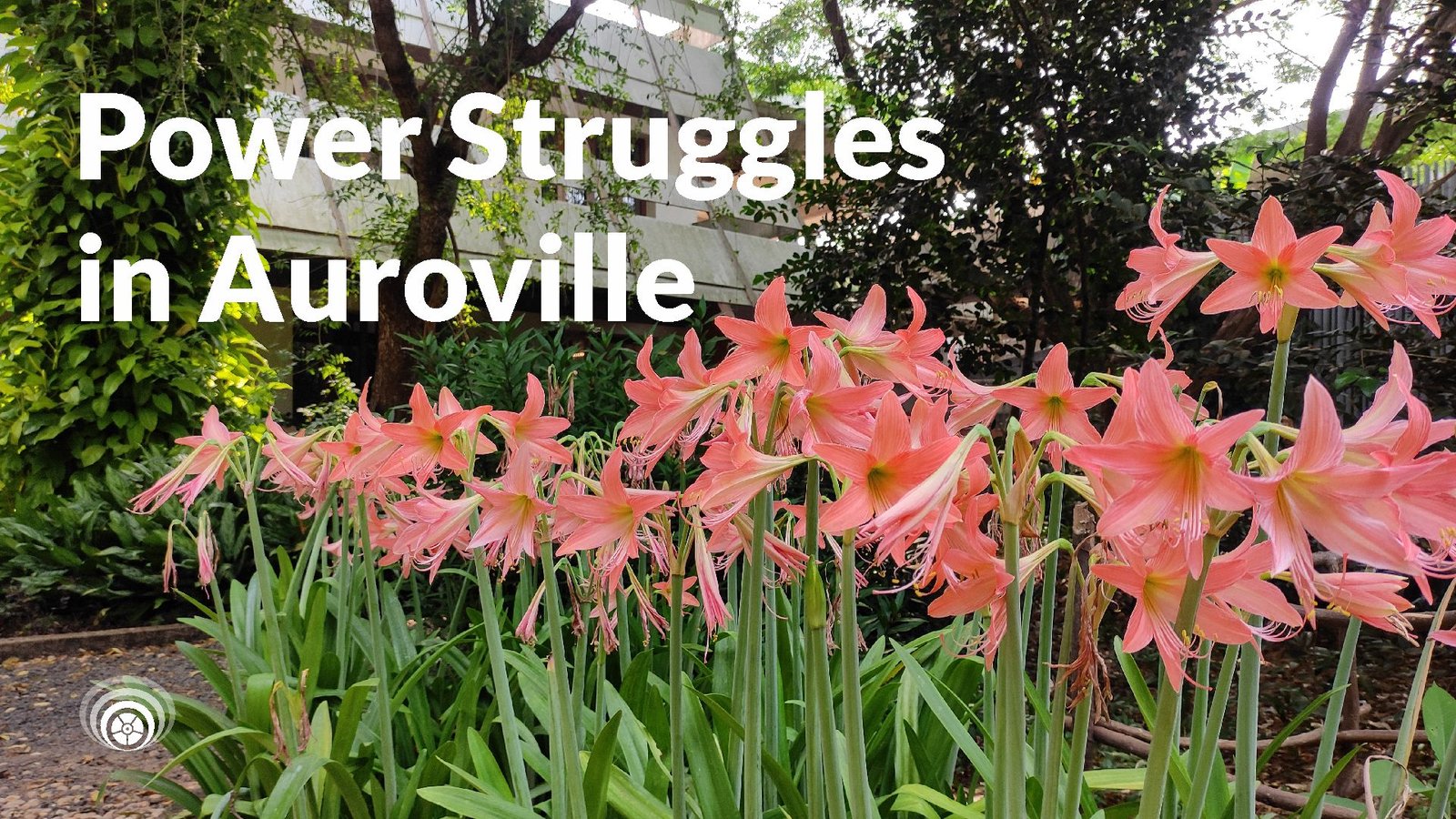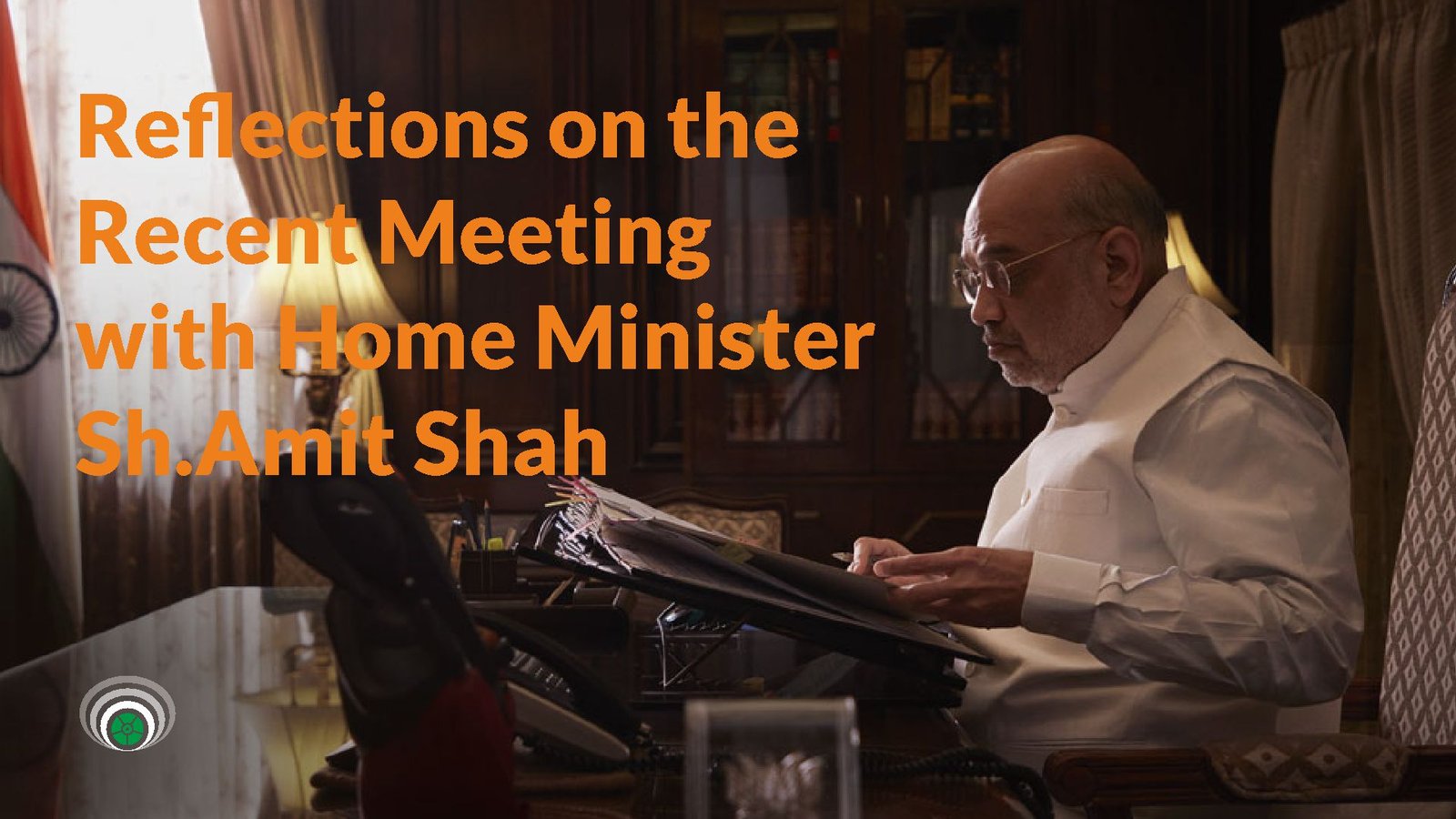In the quest to manifest a city of the future, we cannot afford the shortcuts of ideology or the comfort of exclusion. A synthetic, integral approach is not an option—it is the very DNA of Auroville.
There’s a beautiful phrase the Mother once used:
“No politics, no religion—only the Divine.”
She was pointing not to a negation, but to a higher synthesis.
And it is this that we are still struggling to understand.
Today, as I walk through Auroville, I sense the silent battlefields—not always visible, but deeply felt. Different groups, each sincere in their own way, move with passion toward their vision of what Auroville must become. One speaks the language of roads, economy, infrastructure. Another speaks of energy, spirit, subtle vibrations. A third cautions us toward ecology, land protection, and village integration. A fourth invokes freedom, experimentation, or tradition. All of them have a point. But the moment they become the point, they miss the point.
We have seen it elsewhere: religion splitting into sects, movements hardening into dogmas, revolutions devouring their own. It happens when a partial truth claims totality. And Auroville—if we are not vigilant—can fall into the same pattern.
Let me say it clearly: no single ideology will save Auroville.
Not green ideology.
Not development ideology.
Not anti-development ideology.
Not cultural revivalism.
Not spiritual puritanism.
Not governance legalism.
Each of these is a fragment. And truth is not in the fragment—it is in the synthesis.
We live in a world addicted to polarity. Choose a side. Pick a team. Be “for” or “against.” But Auroville was never meant to follow that logic. It wasn’t meant to become an ashram, nor a startup hub, nor a museum of cultural purity, nor a real estate playground, nor a refugee camp for ideological outcasts. It was meant to be a living experiment—where all paths converge, transform, and transcend themselves in the light of a deeper consciousness.
That consciousness is not partisan. It doesn’t prefer left or right, East or West, tradition or modernity. It integrates. It transmutes. It evolves.
But it requires us to grow up.
And growing up, spiritually and collectively, is not about doubling down on one’s favourite paradigm. It is about holding multiple truths together—until they burn through their limitations and reveal something more profound.
That’s why I worry when I see any single tendency trying to dominate the discourse. When architecture becomes about personal taste. When economy becomes about control. When culture becomes about nostalgia. When spirituality becomes about conformity. When planning becomes about passive war. When communication becomes about propaganda.
These are not roads to the future. These are loops of the past.
So what does a synthetic approach look like?
It starts with listening. Politely, and profoundly. To people we don’t like. To ideas that make us uncomfortable. To perspectives that challenge our sense of identity. It means stepping beyond our personal comfort zones—and being willing to be wrong, or at least incomplete.
It means understanding that the man digging the trench and the woman teaching free progress are not opposites. They are both building the city—one through matter, one through mind. Both are sacred tasks. Both are incomplete without the other.
It means seeing that development does not need to mean destruction—and that preservation does not need to mean paralysis. That the land can be both nurtured and traversed. That the City can be both planned and evolved. That culture can be both rooted and open.
It means seeing that inner work is not an escape from the world—but a preparation to engage it more clearly. And that outer work is not a distraction from yoga—but the very field in which yoga is tested. It means remembering that governance and organisation are not about domination or submission—but about creating conditions where truth can emerge from complexity.
This is not easy. Synthesis is never easy. It asks more of us than opposition ever could. It asks for nuance, for maturity, for patience, for faith—not blind faith, but faith in the process of becoming.
It asks that we stop using The Mother or Sri Aurobindo to justify our biases—and instead try to live their teachings in action, in relationships, in design, in economics, in daily choices.
It asks that we be courageous—not just in STANDING for what we believe, but in holding space for what we do not yet understand.
It asks that we stop seeing Auroville as a battleground for ideologies—and start seeing it as a basis for transformation.
Because here’s the truth: No one is coming to save us.
No policy. No plan. No person.
We will have to save Auroville together—or not at all.
There are two temptations we must resist now.
- The first is to simplify—to reduce Auroville into one idea, one vision, one “right way.” That will kill the experiment.
- The second is to scatter—to retreat into silos, communities, cliques, complaints, disengagement. That will fragment the experiment.
What we need instead is a third path: the path of conscious integration.
Not as a middle path, but as a higher path.
Not compromise, but complexity held in clarity.
Not convenience, but conviction in evolution.
We don’t need to agree on everything. But we do need to agree on this: that Auroville is not a place for partial solutions. That we are here to hold contradictions, live questions, forge new ways. Not mimic the world, but reimagine it.
To do that, we must work inwardly and outwardly, with equal force and tenderness.
We must build the city and the soul—side by side.
In the end, this is the wager of Auroville:
Can human beings—different as we are—live together not by sameness, but by synthesis?
Can we build something not in our image, but in the image of a future consciousness?
It will take everything we have.
And it will give us more than we can imagine.
But only if we refuse the easy paths.
Only if we walk the whole terrain.
— Lakshay, for AWARE Auroville

